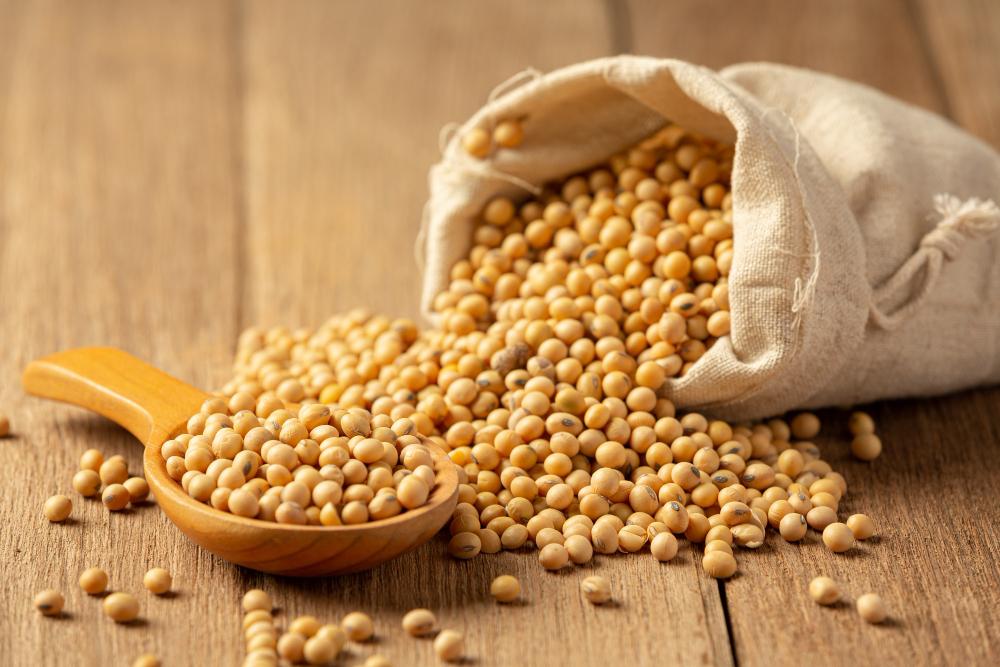Commodity futures prices play a pivotal role in the global economy, providing a glimpse into the future of various essential goods. Among these commodities, soybeans hold a special place due to their widespread use in agriculture, animal feed, and food production. In this blog post, we'll explore the dynamics of soybean prices today, the role of soybean futures prices, and what they reveal about the future of this crucial commodity.
Soybeans: A Cornerstone of Agriculture
Versatile and Nutritious
Soybeans are one of the most versatile crops globally, known for their high protein content and a multitude of applications. They are used for animal feed, cooking oil, and as ingredients in countless food products, including tofu, soy milk, and soy-based meat substitutes.
Global Soybean Production
Major soybean producers include the United States, Brazil, and Argentina. These countries dominate global soybean production, with favorable climates and advanced agricultural practices contributing to their success.
Soybeans in the Commodity Market
Soybeans are a significant player in the commodity market, where they are traded as futures contracts. Commodity futures provide a means for market participants to hedge risk, speculate on price movements, and ensure price stability for future deliveries.
The Dynamics of Commodity Futures Prices
Understanding Commodity Futures Prices
Commodity futures prices are not just numbers on a screen; they reflect a complex interplay of market dynamics and underlying supply and demand fundamentals. Several key factors influence these prices:
- Supply and Demand: Changes in soybean production and consumption levels have a direct impact on futures prices. Factors like crop yields, weather conditions, and shifts in global demand can trigger price movements.
- Market Sentiment: Traders' perceptions, influenced by news, economic data, and geopolitical events, can create short-term price swings in soybean futures.
- Storage Costs: The costs associated with storing soybeans until delivery can affect futures prices, especially in times of oversupply.
- Interest Rates: Interest rates set by central banks can influence the cost of holding futures contracts, which, in turn, affects their prices.
Soybean Price Today: A Snapshot
The Current Landscape
As of 9/14/2023, the soybean oil price today stands at ₹870. This price reflects the latest market conditions and is an essential reference point for market participants.
Factors Impacting the Soybean Price Today
Several factors influence the daily soybean price:
- Weather Conditions: Weather events like droughts, floods, or adverse growing conditions can significantly affect soybean yields, directly impacting prices.
- Trade Policies: Changes in trade policies, tariffs, or trade agreements can disrupt soybean exports and imports, affecting market prices.
- Currency Exchange Rates: Fluctuations in currency exchange rates can impact the competitiveness of soybean exports and influence prices.
Soybean Futures Prices: Peering into the Future
The Role of Soybean Futures
Soybean futures prices provide valuable insights into market expectations and potential price movements. These futures contracts allow market participants to make forward-looking decisions based on their assessments of future soybean prices.
Price Discovery
Soybean futures markets are instrumental in price discovery. They help establish a consensus about what the future price of soybeans may be, facilitating planning and risk management for farmers, processors, and traders.
Hedging and Speculation
Market participants use soybean futures for various purposes:
- Hedging: Farmers can hedge against price volatility by selling soybean futures contracts, protecting themselves from potential price declines.
- Speculation: Traders and investors speculate on soybean futures, aiming to profit from price fluctuations. They provide liquidity to the market, which benefits all participants.
The Significance of Soybean Futures Prices
Global Agricultural Insights
Soybean futures prices are closely watched worldwide because soybeans are a key agricultural commodity. These prices offer insights into broader agricultural market trends and can even provide clues about overall economic conditions.
Food Production and Livestock Feed
Given soybeans' role in food production and as a primary source of animal feed, soybean futures prices are of utmost importance to the food industry and livestock farming.
Predicting the Future with Soybean Futures Prices
Price Trends and Forecasting
Analyzing historical soybean futures data can reveal trends and patterns that inform price forecasts. Forecasting models use historical price movements and factors like weather forecasts to predict future soybean prices.
Risk Management
Farmers and agricultural businesses use soybean futures to manage risk. For example, a farmer can lock in a future selling price for their soybean crop, providing price stability and certainty.
Conclusion: Navigating Soybean Futures Prices
Soybeans, a versatile and indispensable crop, are at the heart of agriculture and food production. Understanding soybean prices today and their futures is essential for a wide range of stakeholders, from farmers to food processors and investors.
In summary, soybean futures prices provide a window into the future of this vital commodity. These prices reflect market dynamics influenced by supply and demand, market sentiment, and various external factors. Understanding soybean futures is not only a tool for price discovery but also a means of managing risk and planning for the future in the ever-evolving world of agriculture and commodities.
